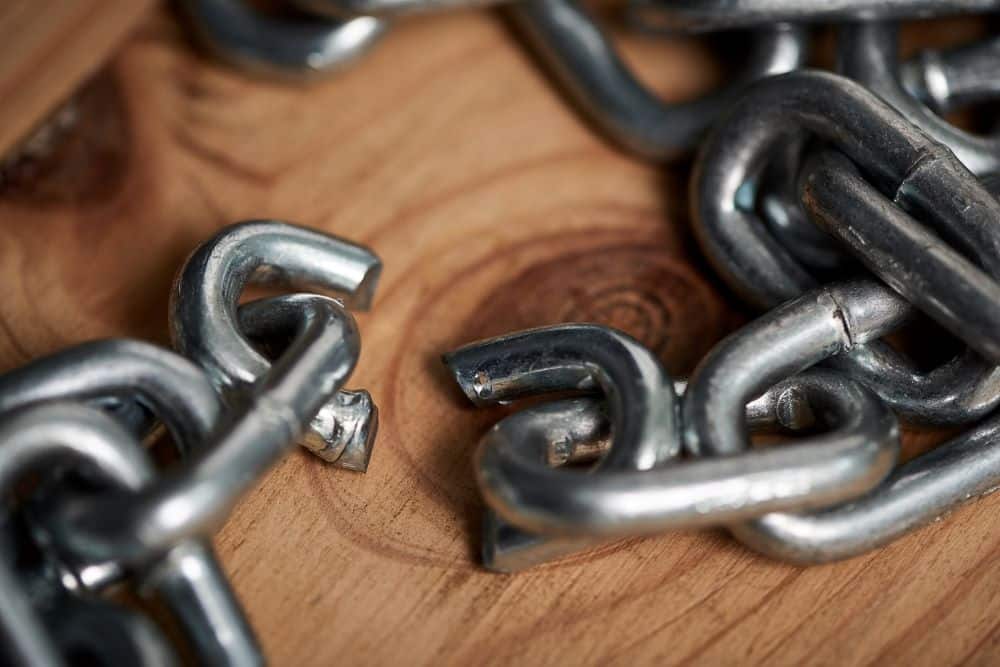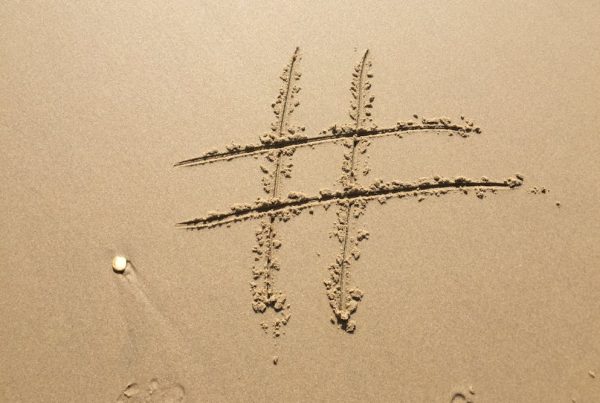You may not know it, but all your spectacular SEO and copywriting efforts could go down the drain just because you don’t check for broken links. Unfortunately, a few dead links here and there can negatively impact your search engine ranking, user experience, and credibility as a brand.
You can find broken links by searching for them on your Google Search Console, although this process may take some time. If you want to save time and effort, you can use credible online 404 checkers. Fix broken links by deleting or replacing them with the correct URL. You can also redirect them to other pages.
Let’s get into the finer details, as this post should guide you on how to find and fix broken links on your website. But let’s start by understanding broken links and why they are important to fix.
What Are Broken Links?
Broken links, also known as dead or invalid links, refer to URLs that no longer exist. Dead links can occur when you delete a webpage or move or rename it without proper redirection.
For example, you can link your content to outsourced websites, and when the link changes or gets deleted, you are left with a broken link. Users who click on such links get an error message called 404 Not Found.
You could also update a post or product you had previously linked to but forgot to update the link. Users who click on such links don’t find what they are looking for, so they leave your website.
Types of Broken Links
Broken links can take various forms. You need to know each one to detect and fix them effectively.
- Internal broken links are dead internal URLs on your website, mostly caused by renaming or deleting a web page without redirecting it.
- External broken links occur when you link to a webpage that has later been deleted or changed URL.
- Redirect loops happen when there’s an error with a redirection, causing the page to loop back to itself repeatedly.
- Server errors such as 502 Bad Gateways and 500 Internal Server Errors occur when there’s an issue with the server.
- Painfully slow pages can also be considered broken links since users may not have the patience to wait for them.
Why Fix Broken Links?
There are many reasons why fixing broken links is essential for your website’s health and overall user experience. Some of these include:
1. Preventing Users From Leaving
As said before, when users encounter broken links, they will likely leave your website and look for information elsewhere. It ultimately leads to a high bounce rate and a decrease in traffic.
2. Maintaining SEO Rankings
Broken links negatively affect your website’s SEO rankings. When search engines crawl through your site and find broken links, they assume that your website is poorly maintained. Hence, it affects your website’s credibility and ranking.
3. Improving User Experience
A clean and functional website is crucial for an excellent user experience. Broken links interrupt the flow of information and can be frustrating for users. By fixing them, you improve the overall user experience on your website.
4. Avoiding Negative Reputation
If a significant percentage of your website’s content contains broken links, it reflects poorly on your brand’s reputation. Users may perceive your brand as unreliable or untrustworthy if they encounter too many broken links on your site.
How to Find Broken Links on Your Website
If the website is small, you can manually search for and find all broken links. You’ll need to click on each link to see if it leads to a functioning page.
For larger websites, the process can be tedious and time-consuming. This repetitive task requires automation to save time and resources.
Here are some methods you can use to find broken links on your website:
1. WordPress Plugins
Did you know that WordPress powers the majority of the websites in the world? If your website is one of them, you can easily find and fix broken links using a plugin.
Some popular options are Broken Link Checker, SEO Minion, and W3C Link Checker. Dr. Link Check is also an excellent option for non-WordPress websites.
2. Online Broken Links Checkers
There are various online tools available that can crawl through your website and identify broken links. Some popular ones include:
- Dead Link Checker.
- Ahrefs Broken Link Checker.
- Screaming Frog SEO Spider.
These tools detect broken links and also offer additional data, such as the page where the link is located and the type of error encountered.
You can use an online broken links checker by pasting your domain name into it and letting it do the work for you. I recommend using multiple online dead link checkers to avoid doubt.
3. Google Search Console
This free tool is only available when you register and integrate your website with Google’s platforms. You can use it to maintain and troubleshoot your website.
It shows you how Google perceives your website, including information about broken links.
To use this feature, sign in to your Google Search Console account. Then, go to the ‘Pages’ report under the ‘Indexing’ tab.
Here, you can view a list of all pages on your website with errors, including broken links.
How to Fix Broken Links
You can fix broken links in various ways, but only after identifying the links. After identifying all the broken links, you can decide to delete or fix them.
1. Updating Links Manually
If your website only has a few broken links, you can update them manually. Simply go to the page where the link is located and replace it with a working one.
The problem may be a small typo, or the page you were linking to may have been deleted. In such cases, manually updating the link is a quick and easy solution.
2. Using Redirects
If your website has many broken links, redirecting may be more efficient. Redirects automatically take users to a different page when they click a broken link.
There are two types of redirects:
- 301 redirect is permanent.
- 302 redirect is temporary.
I recommend using a 301 redirect for broken links, as it helps maintain search engine rankings.
The problem with redirects is that the redirect page may not fit the context of the original link. Because of this, choosing a relevant redirect page is important for a smooth user experience.
You can rely on CMS plugins or use your server’s .htaccess file to set up redirects. Alternatively, ask an experienced web developer like myself to help you set up website redirects.
3. Removing Links
Sometimes, it’s better not to link to other pages than to have dead links. Why would you try benefiting an external site that thanks you for your backlink with a 404 error?
Removing broken links can also improve the user experience on your website. Users won’t need to go to another page unless necessary, and they won’t be frustrated by dead links.
4. Replacing Dead Pages with New Content
A helpful strategy is to identify websites with broken links that are relevant to your client’s industry. Create high-quality content on your client’s website that addresses the same topic as the dead link.
After you’ve written the content, reach out to the website owner and offer your content as a replacement for the broken link.
This can be a mutually beneficial arrangement, as it provides the other website with valuable content while also earning your client a valuable backlink.
Best Practices for Avoiding Broken Links
I insist on regularly checking your website for broken links. As your website grows, you may add new pages and remove old ones, making it easy to miss broken links.
The websites to which you are linking may also change or remove their content, resulting in broken links on your website.
There are many online tools and plugins for checking for broken links on your website. It’s a good idea to schedule regular scans and fix broken links as soon as possible.
Another tip is to use relative links instead of absolute links. Relative links are not affected by domain or URL structure changes, making them more reliable.
Remember to be cautious when using link shorteners, as they can also result in broken links if the service goes down or the shortened URL expires. Consider using a URL redirect plugin instead for better control over your redirects.
Call Me for an SEO Audit
Searching for broken links is one aspect of my thorough SEO audits. I can help identify any technical issues, on-page optimization opportunities, and more to improve your website’s overall SEO performance.
Don’t hesitate to contact me for an SEO audit today and keep your website free of broken links! To conclude, here’s a basic guide to SEO for beginners.




